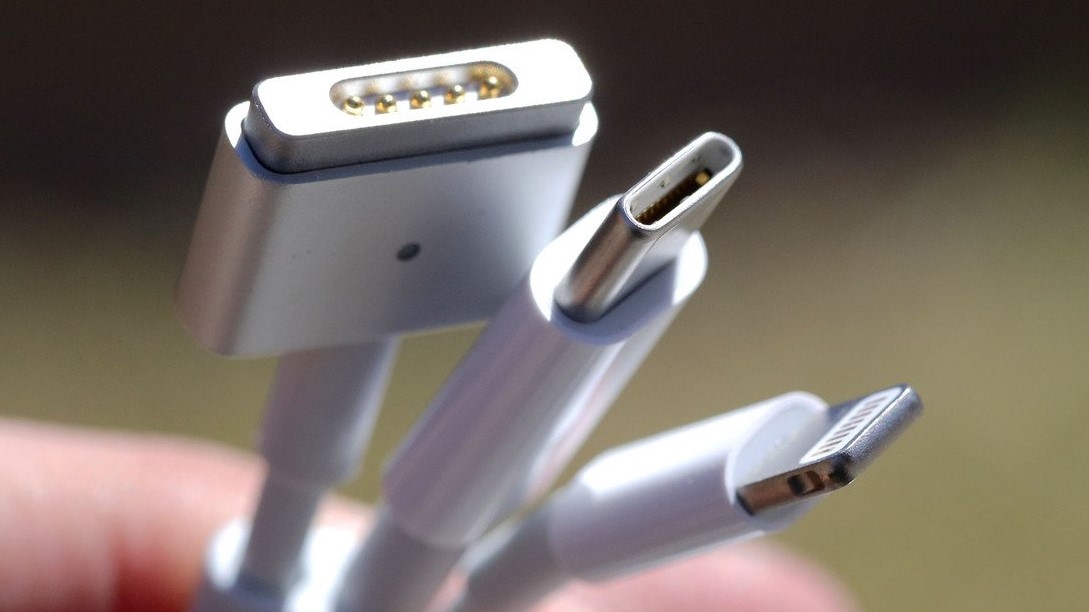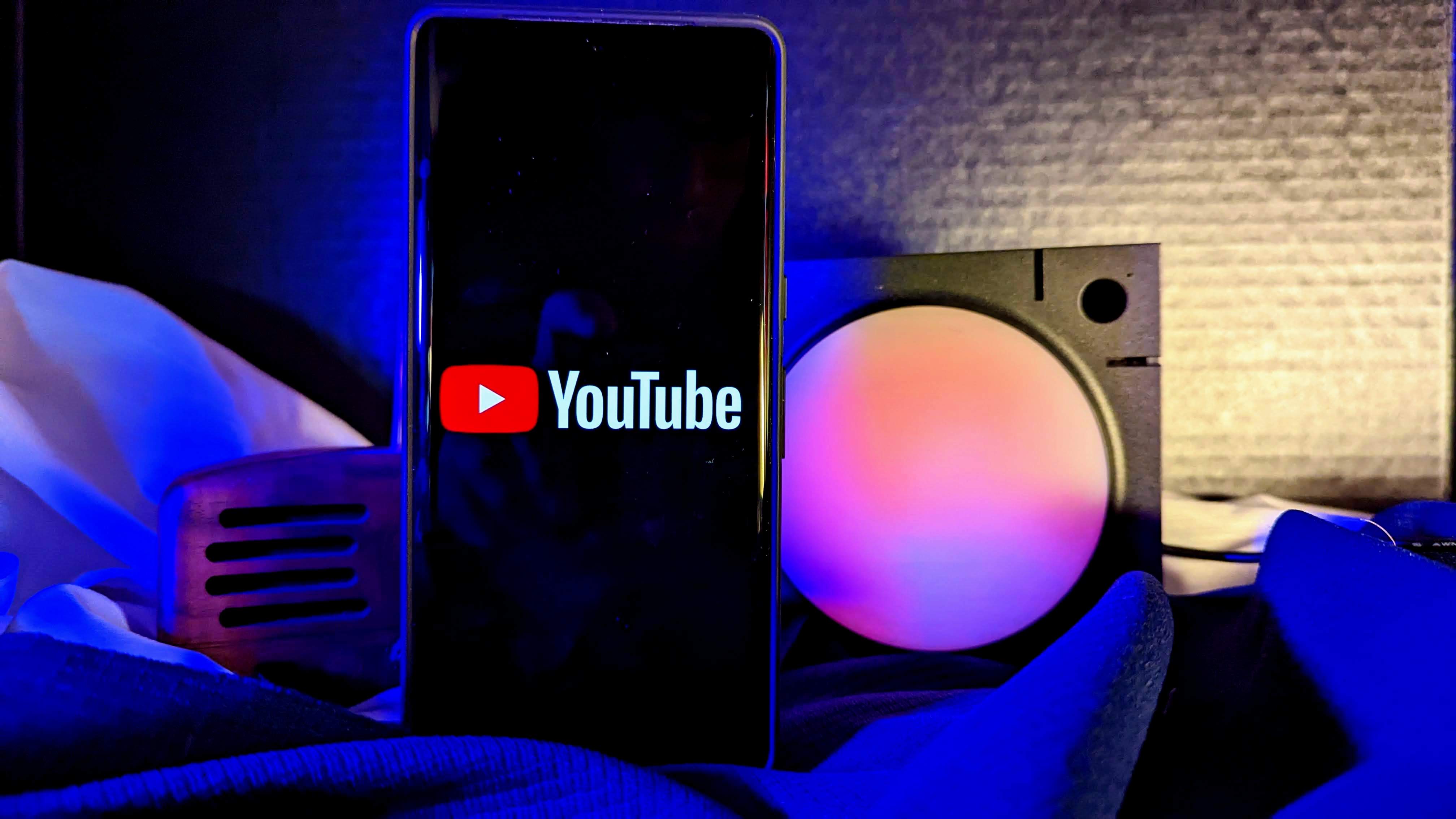The iPhone will be required to use USB-C by 2024 thanks to new EU policy
It looks like the era of Lightning on the iPhone is coming to an end.

What you need to know
- The European Parliament has announced a new law that will require device makers to use USB-C connectors.
- Most new Android devices already use USB-C ports for charging and data.
- Apple will likely be affected the most, as its iPhones continue to use the proprietary Lightning port.
- Device makers will have to implement USB-C into their products by 2024.
In a historic move by EU officials, a new policy has been announced to establish a "single charging solution for certain electronic devices." By autumn 2024, device makers will be required to use USB-C in their devices, including the iPhone.
The decision comes down to sustainability, helping to reduce the estimated 11,000 tons of annual e-waste. The EU highlights how this will make it easier for consumers to charge their small and mid-sized devices. The devices affected by this new policy include mobile phones, tablets, e-readers, earbuds, digital cameras, headphones and headsets, handheld videogame consoles, and portable speakers.
We have reached a deal on the common charger! 🔌👏✔️mobile phones, tablets, e-readers, digital cameras & more #USBtypeC✔️harmonised fast-charging technology✔️unbundling of sale of chargers from the sale of device 🔴 Press conference at 12.30 CEST ➡️ https://t.co/TCBXxzIEdr pic.twitter.com/29JmeL0nxeJune 7, 2022
The best Android phones already use USB-C connectors, so there will be little change on that front. However, this policy will primarily affect Apple, which has used the proprietary Lightning connector since its inception.
Apple was not immediately available to respond to Android Central's request for comment, but the company has previously stated that a move to change the charging connector would "stifle innovation." That said, Cupertino has been rumored to be already testing USB-C connectors on future devices like the iPhone 15, meaning the iPhone 14 could be Apple's last Lightning smartphone. Apple already uses USB-C in its laptops and iPads, so the move would accelerate the transition to its best-selling device.
According to a 2021 study, 44% of mobile devices sold in 2021 had USB-C connectors, while 38% still used the older micro-USB port, and only 19% feature a Lightning port. However, if not for this new policy, it's estimated that micro-USB would stick around for several more years before USB-C ate up its share. Meanwhile, Lightning would retain the same share by 2026.
EU officials also note that they will regularly review and update requirements as new technologies become available.
In addition to a common charger, the EU also wants to introduce a common standard for fast chargers while making it easier for consumers to understand charging standards. Devices would be required to utilize Power Delivery, which is already supported in many devices and chargers. The press release states that consumers will be "provided with clear information on the charging characteristics of new devices, making it easier for them to see whether their existing chargers are compatible."
Get the latest news from Android Central, your trusted companion in the world of Android
While more phones are being shipped without a charging adapter in the box, the new policy will put the choice in consumers' hands, letting them decide if they want a charger or not when purchasing a new phone.
The switch to USB-C on iPhones is a pretty significant change, and while the transition could initially annoy users, it would make it much easier for consumers down the road. Essentially, there would be no more worrying about whether or not your iPhone or Android-toting friends have a compatible charger for you to use since they'll all be able to use the best USB-C cables.

Derrek is the managing editor of Android Central, helping to guide the site's editorial content and direction to reach and resonate with readers, old and new, who are just as passionate about tech as we are. He's been obsessed with mobile technology since he was 12, when he discovered the Nokia N90, and his love of flip phones and new form factors continues to this day. As a fitness enthusiast, he has always been curious about the intersection of tech and fitness. When he's not working, he's probably working out.
